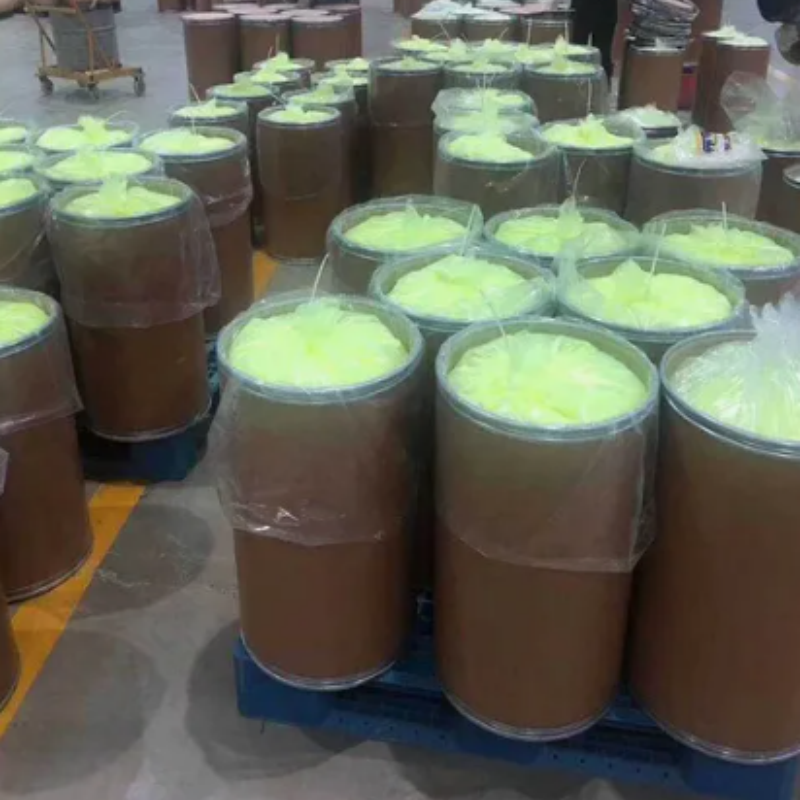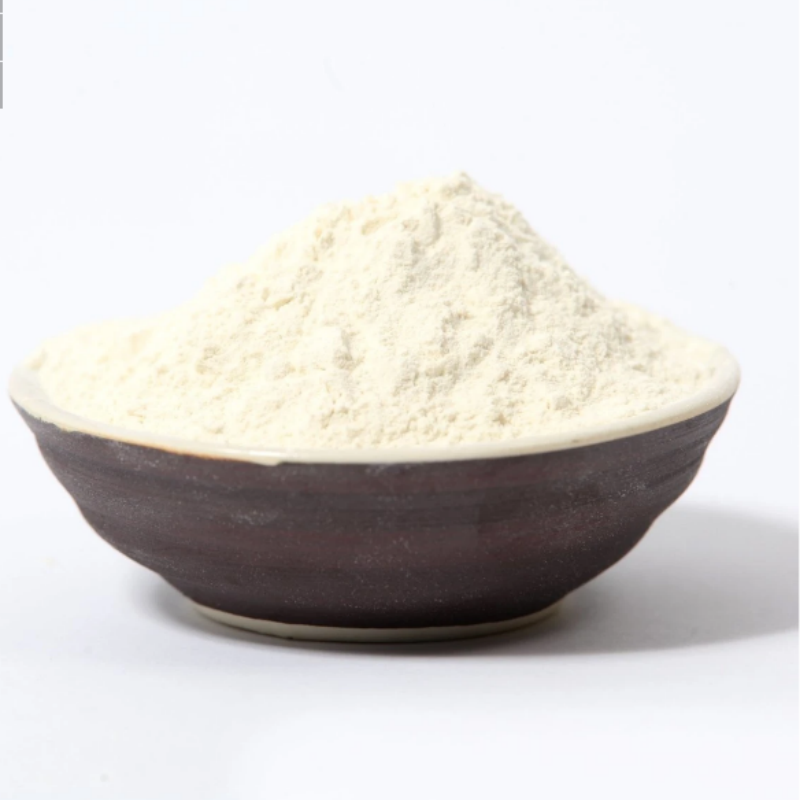-
Categories
-
Pharmaceutical Intermediates
-
Active Pharmaceutical Ingredients
-
Food Additives
- Industrial Coatings
- Agrochemicals
- Dyes and Pigments
- Surfactant
- Flavors and Fragrances
- Chemical Reagents
- Catalyst and Auxiliary
- Natural Products
- Inorganic Chemistry
-
Organic Chemistry
-
Biochemical Engineering
- Analytical Chemistry
-
Cosmetic Ingredient
- Water Treatment Chemical
-
Pharmaceutical Intermediates
Promotion
ECHEMI Mall
Wholesale
Weekly Price
Exhibition
News
-
Trade Service
From the perspective of overseas main production areas, the current price of raw materials in Thailand is at a low level year-on-year, especially the price of cup rubber is close to the low point in early 2016, which determines the overall judgment
that the current rubber price is still in the low range.
At present, Thailand and other major producing areas have entered a new season of cutting, and the initial output release is limited, which has brought about the rise of raw materials in the early stage of cutting, which is basically in line with the seasonal law
.
The second half of the year is the release period of the world's main producing areas, the total amount continues to increase compared with the first half of the year, and the third quarter needs to pay attention to the possibility of excessive rainfall, mainly the impact of El Niro climate, Southeast Asia or mainly show the characteristics of
more rainfall.
Domestic imports in the first five months fell year-on-year, mainly affected by two aspects, one is that the pneumonia epidemic at home and abroad has a greater impact on rubber downstream tire consumption, and the operating rate of domestic downstream factories is not as low as in previous years, resulting in a decline
in import demand.
Second, the continuous narrowing of domestic futures premium spot space has led to a significant decline
in domestic import arbitrage demand.
In the second half of the year, excluding the impact of abnormal weather in production areas, imports will still show a seasonal increase momentum
.
At present, the domestic downstream has basically returned to the normal level, but year-on-year, especially semi-steel tires are still at a low level, mainly related to the sluggish domestic automobile sales and the performance of the replacement market, and due to the continuous improvement of domestic heavy truck sales, the operating rate of all-steel tire factories has basically recovered to the same period last year
.
Domestic auto sales basically returned to normal levels in April, but further recovery in the later period required more policy support
.
In the second half of the year, the level of tire operating rate mainly depends on the recovery of overseas demand and the domestic replacement market
.
In the second half of the year, supply and demand generally showed a pattern of supply and demand, first of all, the supply side, because the main production areas at home and abroad ushered in the rubber tapping season, and the output further increased
compared with the first half of the year.
On the demand side, over time, the theme at home and abroad has shifted to demand revival, especially overseas, and the possibility of demand reviving after the epidemic stabilizes is higher
.
In China, more attention is paid to the increment of the replacement market, which is mainly closely related
to infrastructure and real estate.
Even if there is no more increment at home, the increase overseas will lead to an increase
in overall demand.
However, the recovery of the demand side may be slower, and the dematerialization of rubber stocks is still difficult
.
It is expected that the supply and demand in the third quarter will be relatively good, mainly due to the impact of weather constraints on the supply side, which will bring about greater destocking in the third quarter, and there is a risk
of restocking in the fourth quarter.
Therefore, based on the fact that rubber inventories in the second half of the year are still difficult to significantly dematerialize, prices may still show a pattern of low range fluctuations
.







